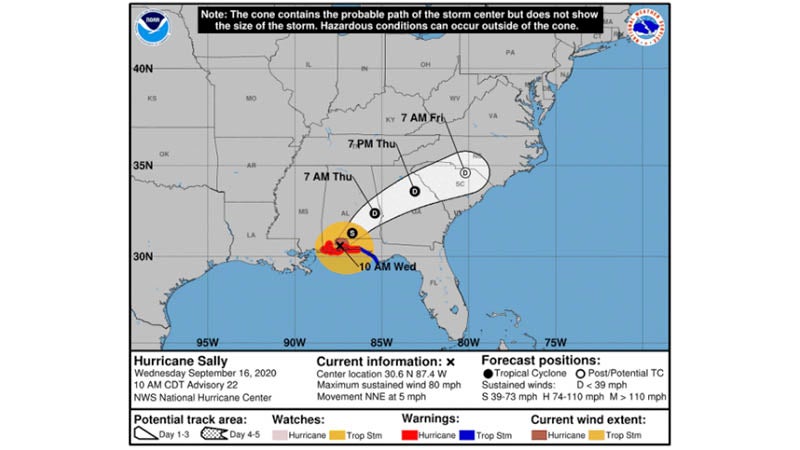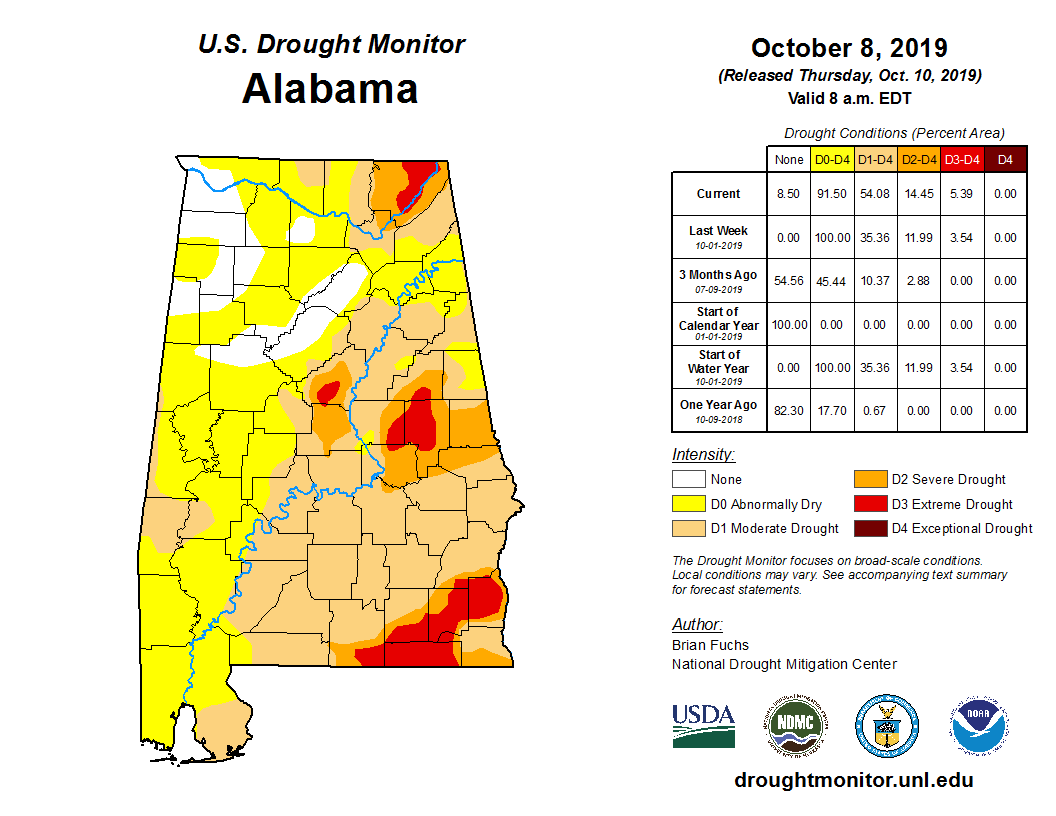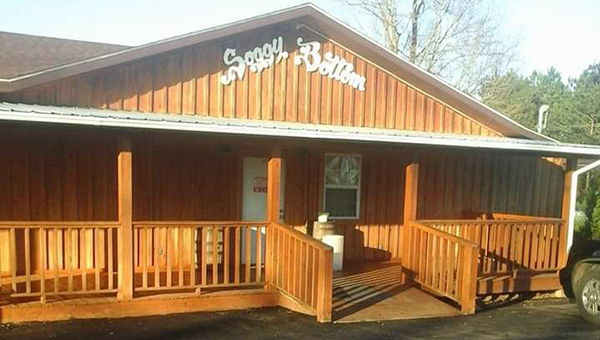Opp native: Media focus on Baltimore sensational
Published 12:04 am Wednesday, April 29, 2015
As the NBC Nightly News was broadcast last night, Opp native Laken Laird was talking about life in Baltimore, and the parts of the story the national media has missed.
“See,” she said. “Right now they are describing the situation as terror. It’s not.”
Protestors had peacefully protested the violent death of Freddie Gray, a 25-year-old black man who died April 19 while in police custody, four days before violence broke out Saturday and again on Monday.
“I think the national and international media has really done nothing but show the negative rioting and criminal activity that occurred, as opposed to nearly a week of peaceful protests here,” Laird said. “That furthers the idea that we have become a really reactive society, and that violence is the only way that a cause can be heard.”
The discussion of systemic issues within the Baltimore law enforcement community didn’t start with Gray’s death, Laird said, but has been ongoing for many years.
And while Monday night’s violent protests gave Baltimore the eerie feel of a war zone, Saturday was more scary for Laird personally, she said.
She lives downtown, two blocks from Camden Yards, where the Orioles play. She and friends who had come down from Washington, D.C., were at Saturday’s game when an announcement was made: Due to public safety concerns, no one would be allowed to leave the stadium. The gates were locked, and the police were on the inside.
Using her phone, she learned that businesses in her neighborhood were being looted.
“It was disconcerting,” she said. “I felt, though, if they were telling us to stay inside Camden yards, it was probably the best place for us. I turned to my friends, and told them I thought we should go to the exit.”
Her idea was that it would be best to leave with the crowd once authorities decided it was safe for them to do so.
When they were allowed to leave, protestors had been pushed back by police, but there was evidence they’d been there – cinder blocks, bricks and smashed cop cars. Although those protests were brought under control quickly, she watched police in riot gear outside of her apartment. A 7-11, a Dunkin’ Donuts, and a pharmacy had been looted.
Sunday was peaceful, and Saturday felt like an isolated incident, she said. Gray’s family asked on Monday that protests cease out of respect for them as they held funeral services.
But at about 3:30 Monday afternoon, violence and rioting began again. Laird said she left work early, as initial reports came out, and made it safely to her apartment. She is quick to acknowledge violence, which she doesn’t understand.
“I don’t think those looting and doing other criminal acts realized what they were doing to themselves,” she said. “Baltimore is very much a city of communities and neighborhoods. Most of the places this was happening were very poor and economically challenged neighborhoods. It was like they didn’t realize the businesses they were looting and setting on fire were the same businesses giving their peers and parents jobs.
“You can’t help yourself if you’re biting the hand that feeds you,” she said.
Laird said the real story is not the story of the opportunistic who used an excuse to loot and steal, but the story of how people came together working toward the same cause.
A group of more than 200 members of the clergy – different religions and races – met and went into the streets.
“It was a very moving moment,” she said. “A lot of them had organized the peaceful protests. They realized if they did not get on the ground, the situation could dissolve further.”
Members of the clergy also met with leaders of rival gangs, who called for a stop to the violence.
“I would never condone gang activity in terms of what you think of,” she said. “But the Bloods and Crips came together and met with members of clergy at one of the churches. They went on TV together, hugging each other, and speaking at the same time. They did not condone what was happening. To me, that is a very powerful message.”
On Tuesday, she said, many people got out and cleaned up the mess their own neighbors made the night before.
Laird said her experiences in Baltimore echo the calls by lifelong citizens for a need for systemic change.
“It’s up to the majority of citizens of Baltimore to make sure that happens,” she said.
Another lesson was brought home for her, too.
“I’ve heard throughout my life, ‘It takes a village to raise a child.’
“Yesterday’s activities gave that saying new meaning,” she said. “Where were the parents? Did they care (what their kids were doing), or were they out doing it with them? IF parents are not taking responsibility, who was? Someone else was going to have to step up and take that responsibility.”
Ten days ago, she said, she and some friends walked from one side of the city to the other, stopping at places that interested them, at night.
“This is not a place where you normally feel unsafe,” she said. “What a difference seven or eight days can make.”
Laird is deputy director of research and publications for InterGroup Services Inc., a consulting company with expertise in public health and other issues. She earned a bachelor’s degree from the University of Alabama and studied diplomacy and international relations in graduate school at Seton Hall. She is the daughter of Wes and Deidra Laird.





